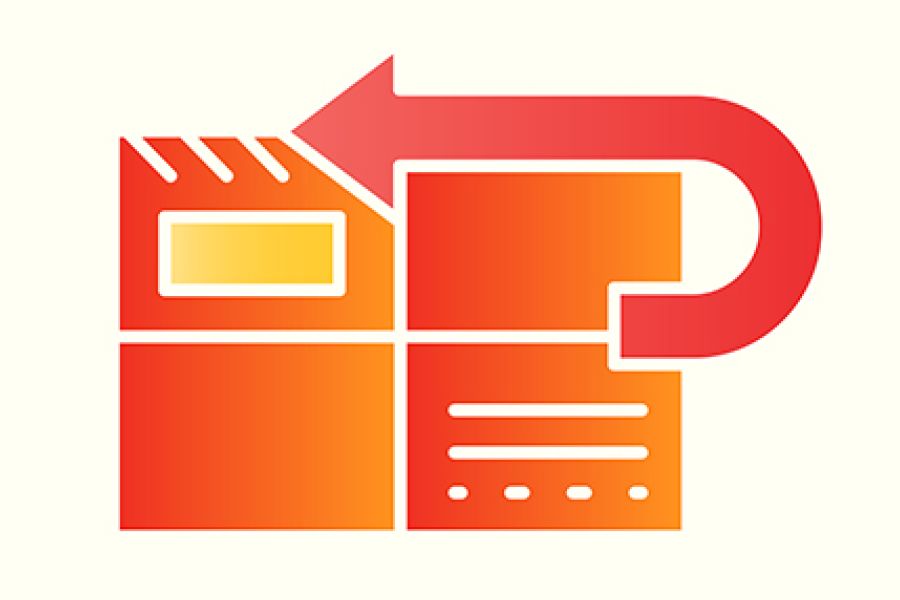The IRS and the U.S. Treasury had disbursed 160.4 million Economic Impact Payments (EIPs) as of May 31, 2020, according to a new report. These are the payments being sent to eligible individuals in response to the economic threats caused by COVID-19. The U.S. Government Accountability Office (GAO) reports that $269.3 billion of EIPs have already been sent through a combination of electronic transfers to bank accounts, paper checks and prepaid debit cards. Eligible individuals receive $1,200 or $2,400 for a married couple filing a joint return. Individuals may also receive up to an additional $500 for each qualifying child. Those with adjusted gross income over a threshold receive a reduced amount. However, the IRS says some payments were sent in error and such erroneous economic impact...




